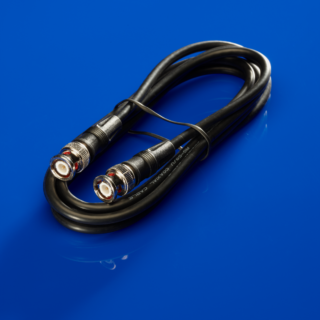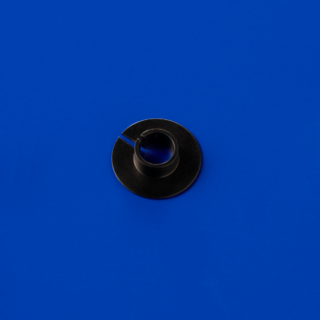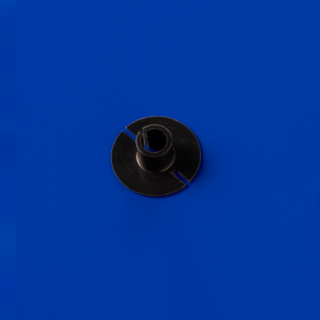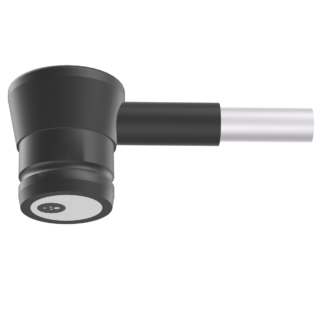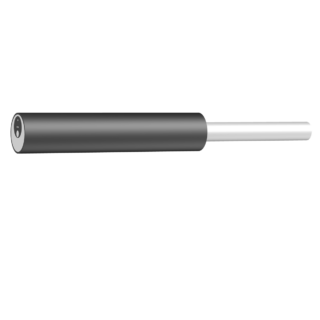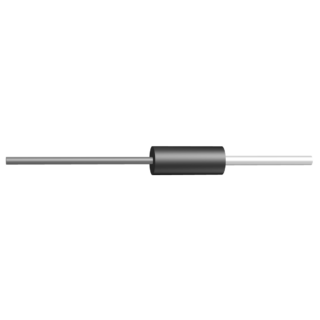The moorVMS-OXY superficial tissue oxygenation monitor uses a white light spectroscopy method to assess superficial tissue oxygen saturation (SO2), tissue haemoglobin concentration and temperature. The technique offers practical advantages such as simplicity in use, real time measurement and the possibility to measure tissue oxygenation, blood flow and temperature with one probe (skin or needle designs) in conjunction with a moorVMS-LDF laser Doppler system and the moorVMS-LDF1-HP high power laser Doppler system. Unlike other techniques, SO2 monitoring does not require tissue heating for reliable baseline measurements enabling true resting oxygenation status to be assessed, as well as adequacy of oxygen delivery to tissue upon heating.
For more demanding research applications, moorVMS-PC supports simultaneous protocol control of pressure cuff and skin heating modules for reproducible provocations. This advanced software also offers standard and custom reports according to your protocol.
The moorVMS-OXY features;
- Compatibility with all moorVMS modules enabling you to specify your ideal monitoring and provocation system. Stacking case design offers the same compact footprint for multi-module configurations.
- Choice of probes – needle and skin designs available. In-built temperature measurement for skin probes. Combined probes offer skin blood flow, tissue oxygenation and temperature measurement in one small probe head. Needle designs combining tissue blood flow and oxygenation measurements.
- Factory calibrated – no need for complicated setup or probe precalibration.
- Easy viewing: high contrast, ice white, backlit LCD display.
- Advanced Windows™ compatible moorVMS-PC software: with extensive automatic analytical features and report generation.
- Easily connectable: analogue output (0-5V, BNC) and digital (USB) real time data transfer included as standard for connection to data acquisition systems.
- Medical grade design: for both clinical and research applications.
- Reliable: 3 year standard warranty, extends to 5 years with annual servicing (in-built automatic reminder).



